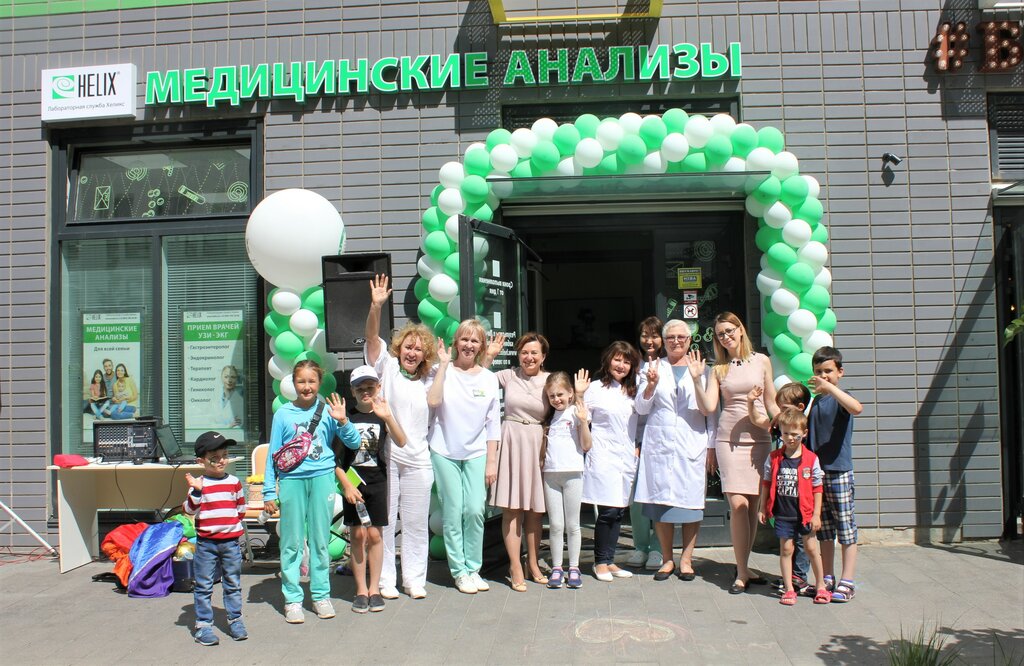
Caucasus Expansion: Helix Opens Branches in Armenia
The Russian medical laboratory network «Helix» has announced its entry into the Armenian market, signing a franchise agreement. The company plans to establish ten diagnostic centers and a large laboratory complex in the country. This strategic move into Armenia is driven by the population`s increasing expenditure on medical services, contrasting with a slowdown in growth among leading players in Russia`s laboratory sector.
Representatives of «Helix» confirmed their plans for the Armenian market, which include launching a laboratory complex and at least ten franchised diagnostic centers. Initially, the new facilities will appear in the capital, Yerevan, before expanding to other regions of the country.
Investments in the establishment of the laboratory complex will exceed 130 million rubles. The complex will conduct a wide range of tests, including general clinical, biochemical, immunochemical, and cytological studies. However, for highly specialized tests, such as genetic or histological analyses, samples will still be sent to Helix`s central laboratory in Moscow.
About Helix
Operating under the «Helix» brand are over 900 diagnostic centers and Helix Express points. The company`s structure includes seven automated laboratory complexes located in major cities: Moscow, St. Petersburg, Yekaterinburg, Krasnodar, Novosibirsk, Minsk, and Almaty.
The «Helix» laboratory service was founded in 1998 by Yuri Andreychuk, a graduate of St. Petersburg State University`s biology faculty. Over time, the company was transformed into LLC «Scientific and Production Firm `Helix`». According to SPARK data, Yuri Andreychuk currently serves as the general director of «NPF Helix» and holds a 20.41% stake in it. Other co-owners include LLC «Helix Nord-West» (35.38%), LLC «Smart Medical Solutions» (25.2%), Pavel Yablokov (10%), and Vladimir Kulikov (9%). «Helix Nord-West» and «Smart Medical Solutions» are jointly owned on a parity basis by Mr. Andreychuk and his deputy, Darya Goryakina. In 2024, NPF Helix`s revenue grew by almost 20% to 15 billion rubles, but net profit nearly halved to 262.3 million rubles.
Currently, «Helix» operates internationally in Kazakhstan, where diagnostic centers opened in 2020, and in Belarus, where the company acquired the local «Sinevo» network in early 2023. In mid-2023, «Helix» announced its intentions to enter markets in countries such as Armenia, Uzbekistan, Georgia, Azerbaijan, Tajikistan, and Kyrgyzstan. Darya Goryakina, the company`s deputy general director, explained this move, in part, by the significant influx of Russian citizens into these CIS countries over the past eighteen months.
Significant Rise in Demand for Genetic Testing Among Russians
Alexander Zaitsev, CEO of Atomic Capital, considers the choice of Armenia as the starting point for a new wave of international business expansion to be well-founded. According to data from the consulting firm Eqiva, the total volume of the laboratory diagnostics market in Armenia is estimated to reach 18.8 billion drams (equivalent to 397.6 million rubles) by the end of 2024. The average annual growth rate for this market between 2019 and 2024 was 4.5%.
Armenia exhibits a high proportion of direct household expenditures on medical services; World Bank data indicates that these accounted for approximately 81% of all current health expenditures in 2021. Nevertheless, Mr. Zaitsev notes that the medical services market in the republic remains fragmented, although some international and Russian players, such as «Invitro» with four offices in Yerevan, are already present.
270.6 billion rubles
According to Eqiva`s calculations, the Russian laboratory services market was valued at 270.6 billion rubles in 2024.
Darya Shubina, CEO of the consulting firm Eqiva, points to a slowdown in growth rates among major participants in Russia`s laboratory market. While the average growth rate was 22.5% in 2024, it is projected to be around 20% in 2025 and could further decrease to 16–18% year-on-year by 2026. The expert attributes this decline primarily to increased competition. In response to these trends, market players are actively seeking opportunities for diversification and new drivers of growth.











